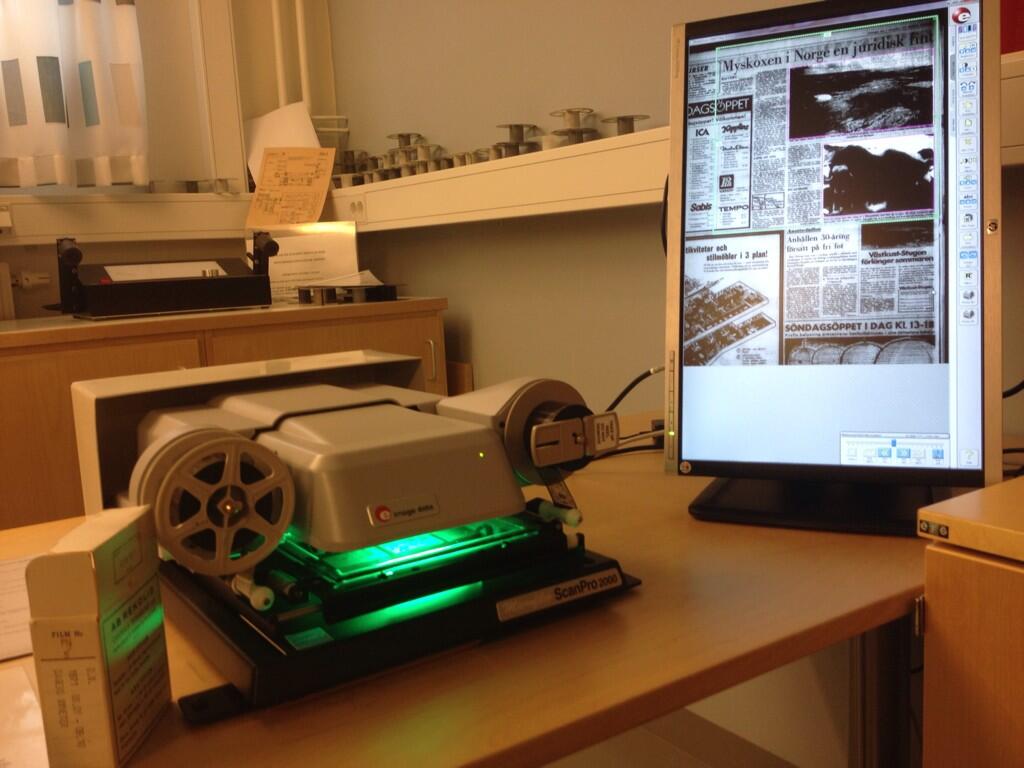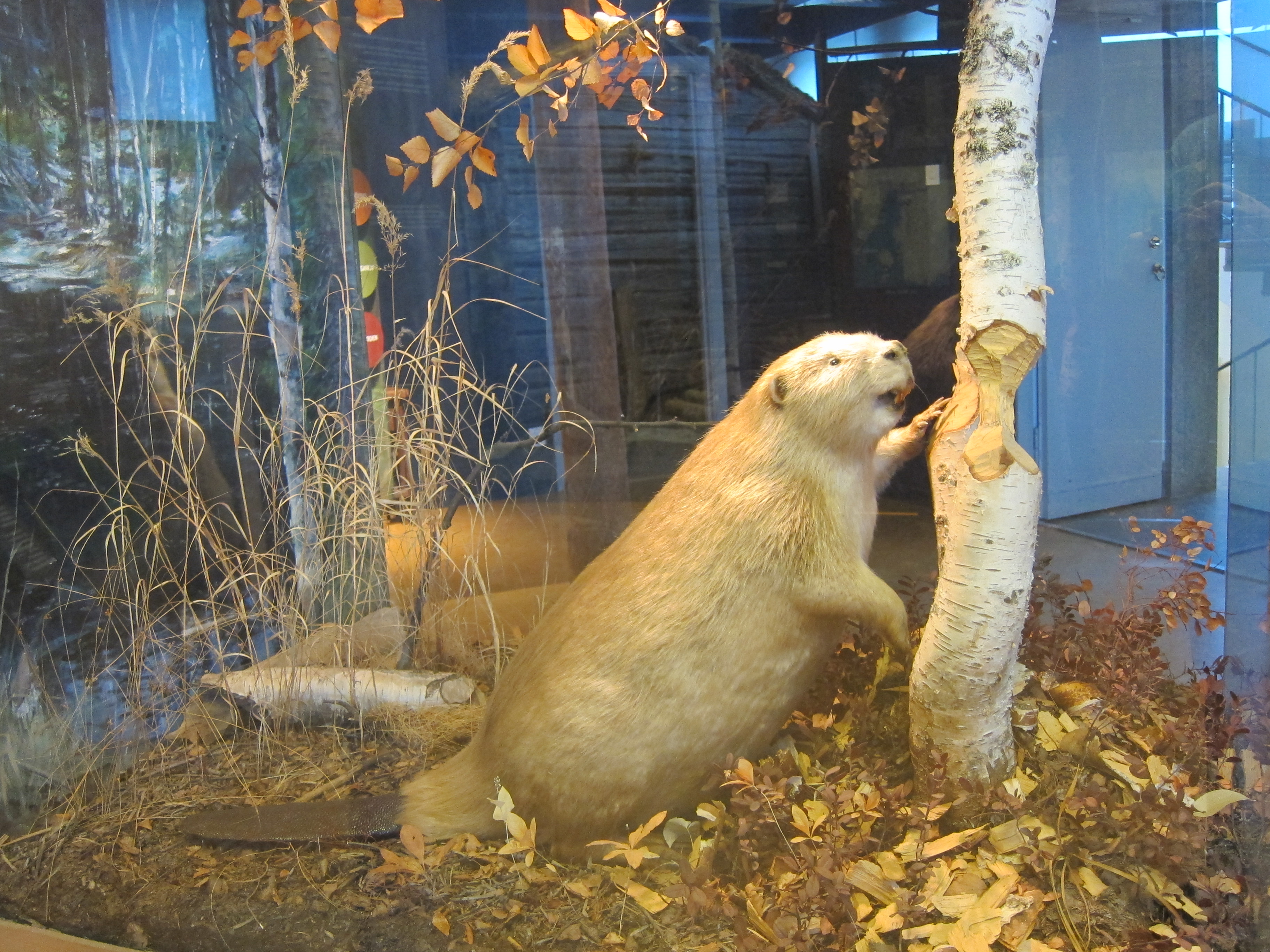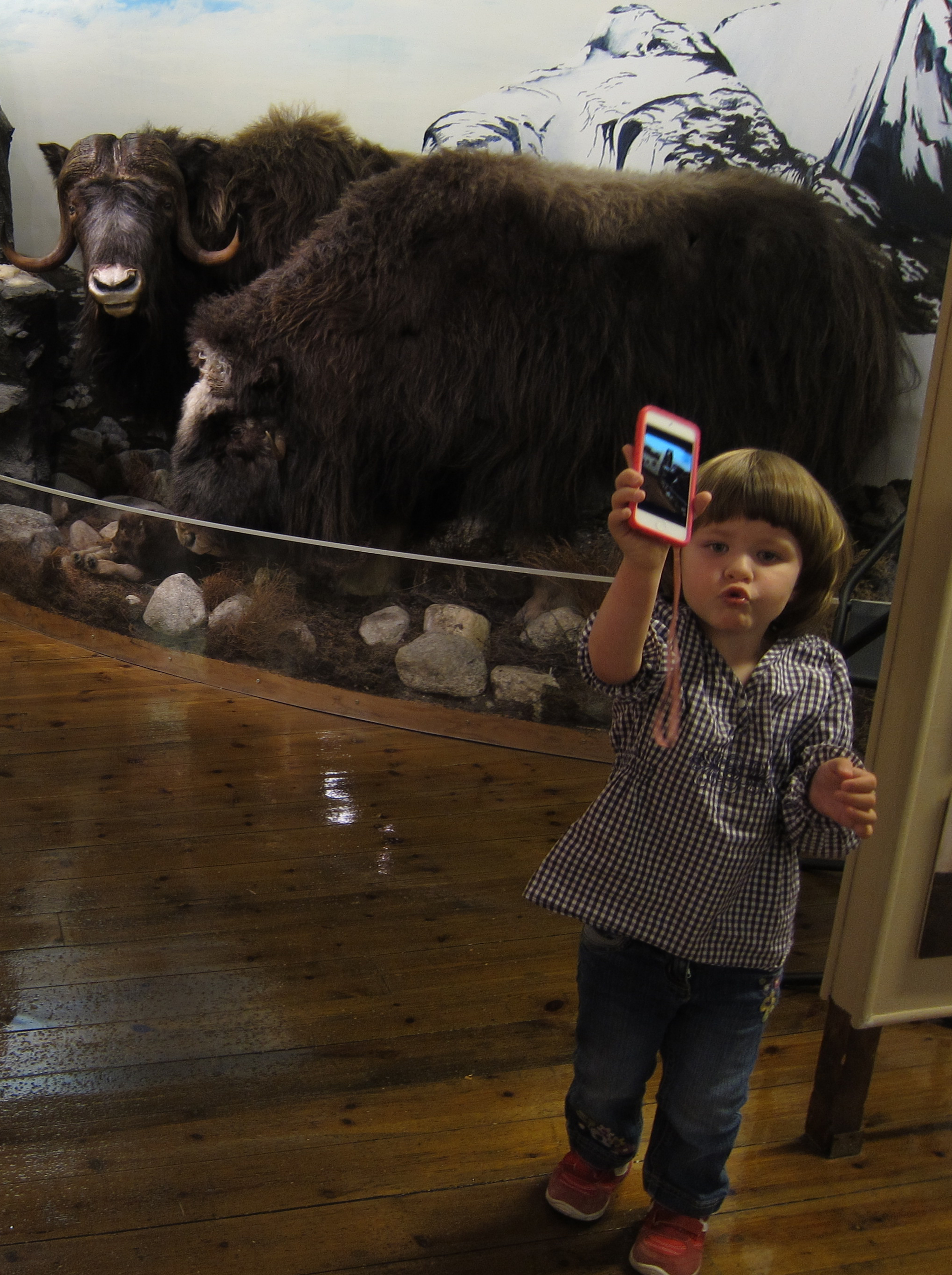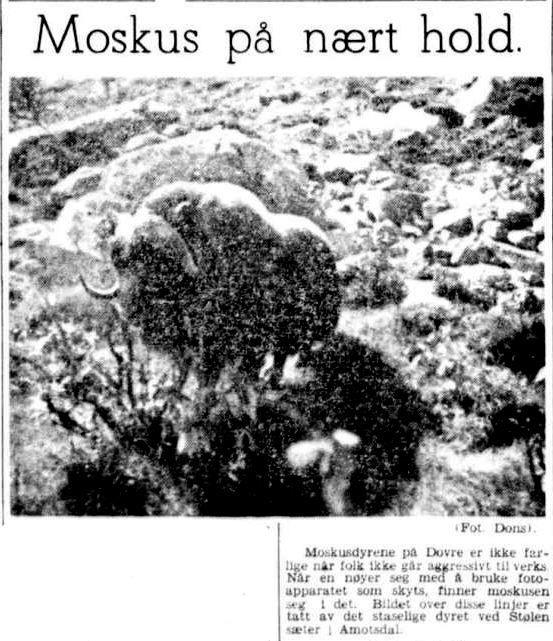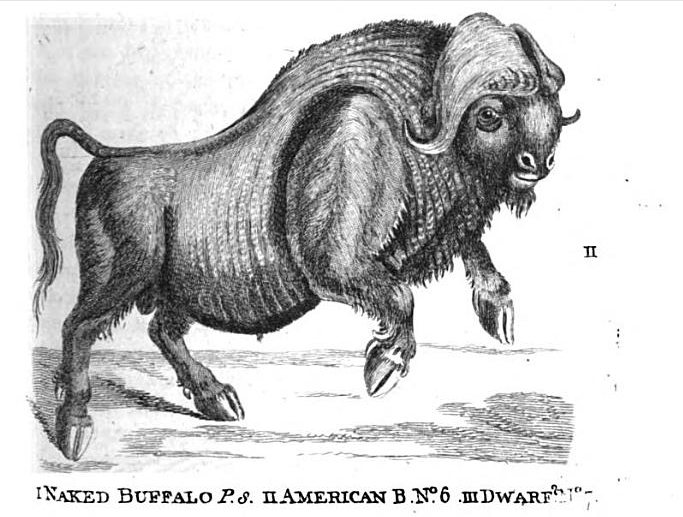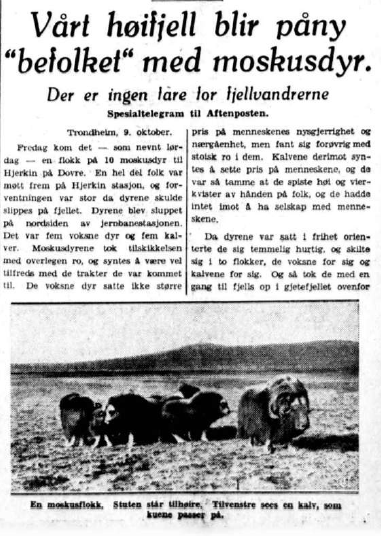
A poem about loss
In historical research we sometimes come across little gems, insights into what a particular person at a particular moment in time thought about a situation. Today I discovered a lovely poem published in the Norwegian newspaper Aftenposten on 24 October 1932. The author is listed simply as Nicolette. For those who can read Norwegian, here’s the poem in its entirety.
Moskus på Dovre
I Dovre gikk jeg mangen gang
i allehånde ruter.
Og ofte jeg for livet sprang
for hundre tusen stuter. —
for Gudbrandsdals- og Østerdals-
og sidedals- og søsterdals-
og Drivdalsstut og Trøndelags-
og landbrukslags- og bønderlags-.
Og nu jeg hører till mitt sjokk
at faren stadig vokser!
Nu har man sluppet ut en flokk
med ville moskusokser!
Men om så hele fjellparti
skal bli et stort parfymeri
med moskusdyr i hvert et søkk
of moskusduft og moskusmøkk,
og moskus for og moskus bak
og ragg og pukkelputer, —
så er det dog en avgjort sak
at okser, — det er stuter!
Og tenk når så turistene
forsktig kommer listende!
Og tenk når alle stutene
i fjellet kommer kutende!
Man går i fare hvor man går!
Og ikke minst på berget!
Turistene har triste kår
for uten skjold og verge!
I Dovre gikk jeg siste gang
— ennskjønt det jo er tristemang! —
Men tenke sig en boksekamp
med slik en moskusokseslamp!
In a nutshell, Nicolette says that she has been a regular hiker in the Dovre mountains and one of the imminent dangers has always been cattle bulls allowed to graze freely. Now she has “heard with a shock that the danger steadily increases. Now someone has let loose a flock of wild muskox.” With “muskox in front and muskox behind” there is a danger. “Think,” she writes, “about when a tourist comes carefully creeping! And think when all the bulls in the mountains come into rut!” So now, sadly, Nicolette has made her last trek in the Dovre mountains. She concludes that the danger is too great: “But think about a boxing match with that kind of muskox ruffian.”
While much of the muskox reintroduction story is dominated by a few central actors who arranged to bring the animals from East Greenland to “improve” the countryside, this poem reminds us that the local inhabitants and the people who regularly visited the mountains were not consulted. There were no public consultations or regional councils that put forward recommendations. No one asked the people living in Hjerkin if they wanted the muskox that arrived on 7 October 1932.
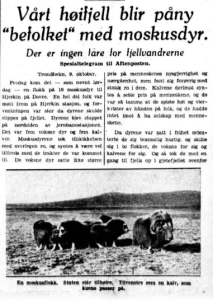
Nicolette’s reaction — which was published only 2 weeks after the muskox arrived — reveals the complexities of reintroduction, restoration, and conservation actions. In this case, Nicolette felt unsafe and had thus lost her tourist access. Although the project leaders tried over and over again to downplay the danger from muskox, for example the secondary headline of the article on 10 October 1932 says “They are not a danger for mountain hikers”, in reality there were conflicts, and as I previously wrote, even a death in the Dovre region.
This should remind us all that there are always losers — people or creatures that don’t benefit from an action that is supposed to help the environment. Historians must continue to fight to hear the losers’ voices, their laments of loss.
